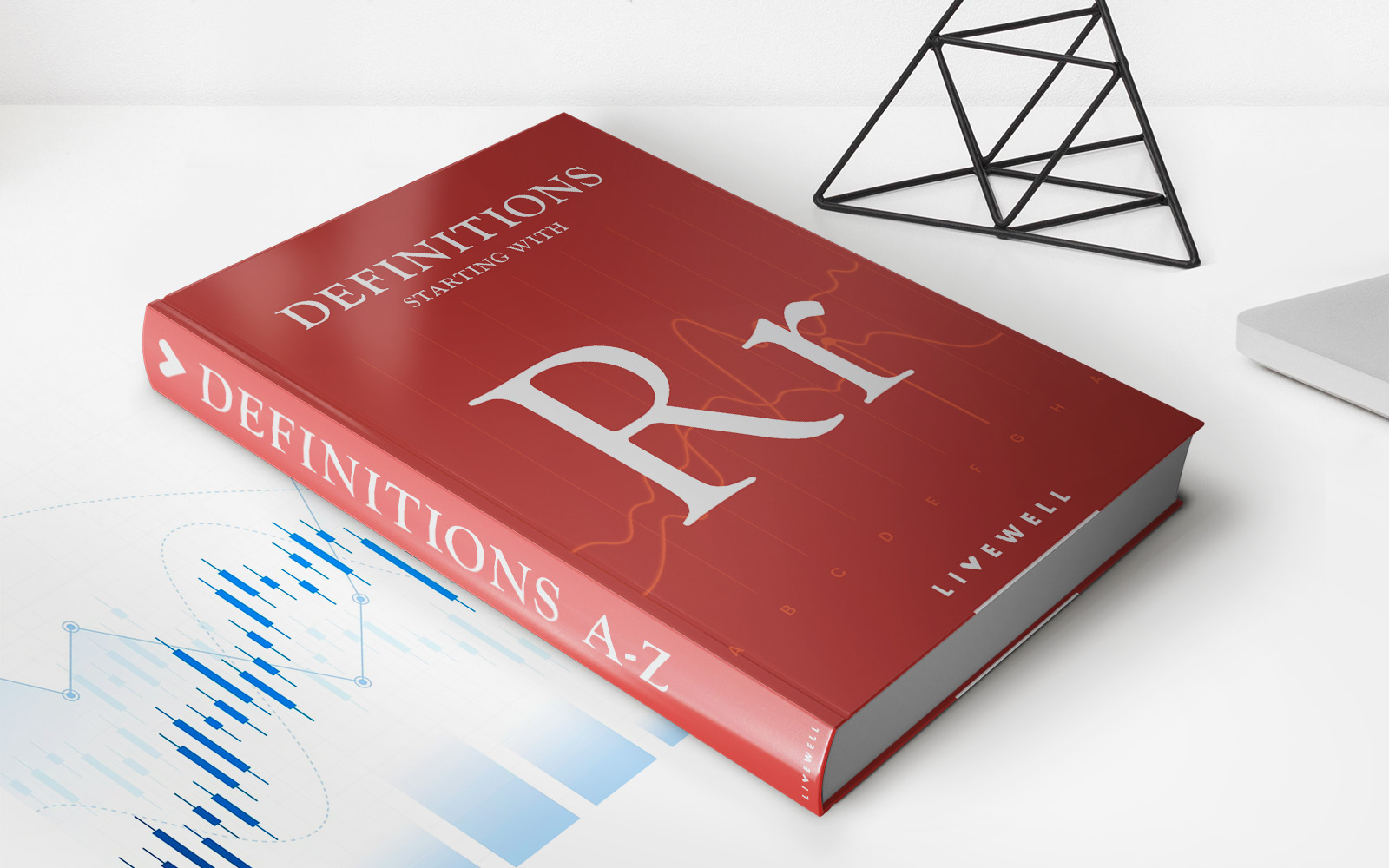

Finance
Nominal Rate Of Return Definition
Published: December 31, 2023
Learn the definition of nominal rate of return in finance and how it impacts your investments. Understand this essential concept to make informed financial decisions.
(Many of the links in this article redirect to a specific reviewed product. Your purchase of these products through affiliate links helps to generate commission for LiveWell, at no extra cost. Learn more)
Understanding the Nominal Rate of Return in Finance
When it comes to navigating the world of finance, it’s important to understand key concepts that can impact your investment strategies and financial decisions. One such concept is the nominal rate of return. In this blog post, we will delve into the definition of the nominal rate of return and highlight its significance in the realm of finance.
Key Takeaways:
- The nominal rate of return represents the calculated percentage increase or decrease in an investment’s value over a specific period.
- It is essential to consider inflation when assessing the real return on an investment.
So, what exactly is the nominal rate of return? Simply put, it is the calculated percentage increase or decrease in the value of an investment over a specific period, without accounting for inflation. It is an important metric that investors use to gauge the performance and profitability of their investments.
Let’s take a closer look at an example to illustrate this concept further. Imagine you invest $10,000 in a stock and, after one year, your investment grows to $12,000. In this scenario, the nominal rate of return is 20% ($2,000 increase divided by the initial investment of $10,000). This figure represents the growth of your investment without considering any external factors, such as inflation.
While the nominal rate of return provides valuable insights into investment performance, it is crucial to remember that it does not account for inflation. Inflation refers to the general increase in prices over time, which erodes the purchasing power of your money. To determine the real rate of return, it is necessary to adjust the nominal rate of return for inflation.
Calculating the real rate of return involves subtracting the inflation rate from the nominal rate of return. This adjusted figure provides a more accurate representation of the investment’s actual growth in purchasing power. By factoring in inflation, investors can better assess whether their investment is outpacing or falling behind the rising cost of goods and services.
In conclusion, the nominal rate of return is a crucial metric in finance that measures the percentage increase or decrease in an investment’s value over a specific period. While it provides valuable insights, it is essential to consider inflation to determine the real rate of return. By grasping this concept, investors can make more informed decisions and accurately assess the true growth of their investments.














